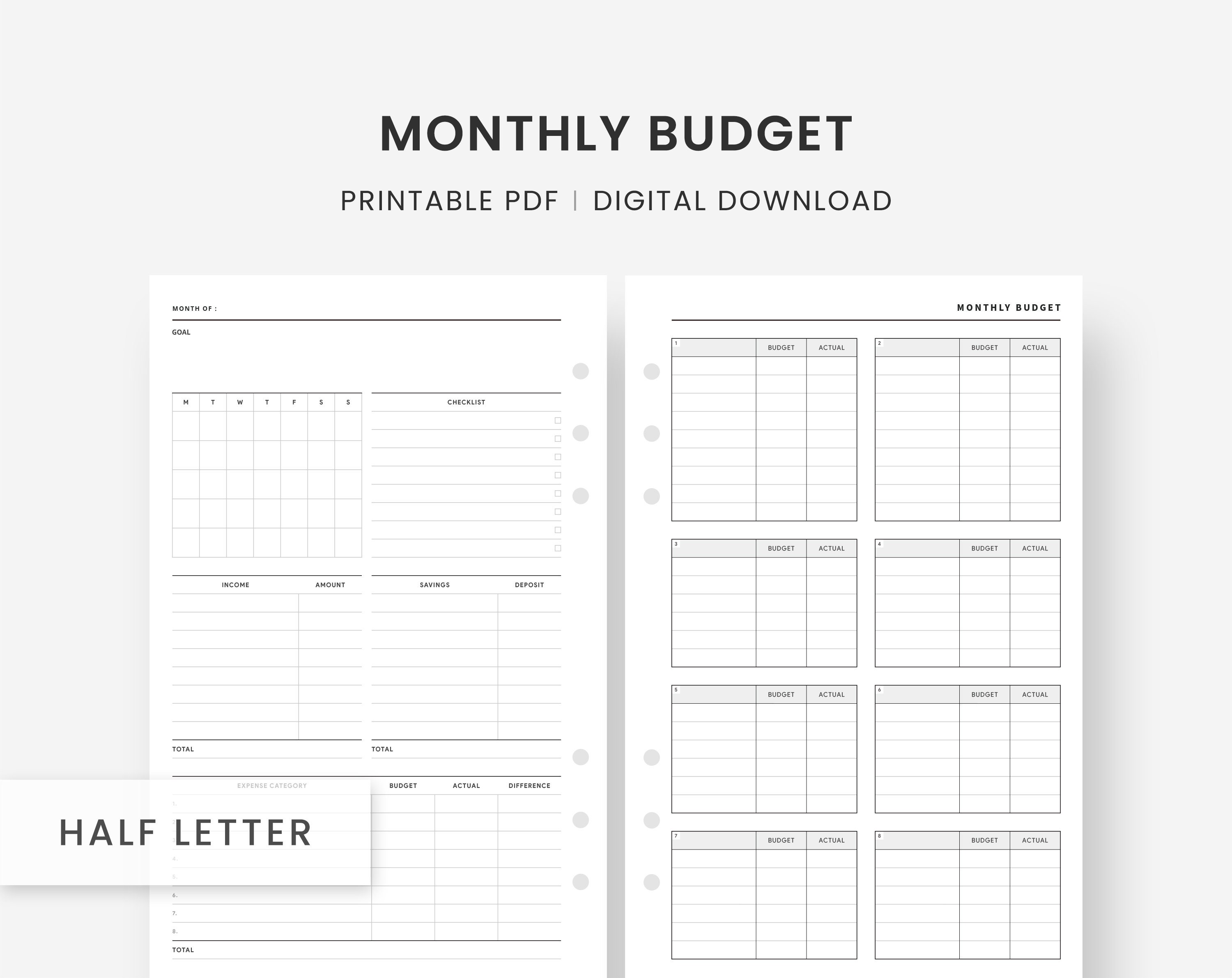
You need to understand how to best invest your money if you want to maximize the growth of your retirement plan's 401(k). This is where a 401k calculator comes in. The calculator can provide information on a range of factors such as the amount of your contribution, the employer match and the return rate on your contributions.
Contribution percentage of 401k
2018 saw an average American contribute 8.6% to their 401k or IRA. There is a wide range of percentages, but the average American contributed almost 8.6% to their 401k plan or IRA in 2018. Full-time employees are more likely that part-time employees to contribute. The US will have $37.2 trillion in retirement assets by 2020. That's 33% more than total household equity. The average 401k balance at retirement will be around $93,000. Baby Boomers, Generation X and Generation X are among the most active savers. The generational Z generation was the least active saver, saving only two percent of their incomes in their working years.
Contributions to a Roth 401k account should not exceed 10% of your annual salary. If you are over 50, you might consider making a catch up contribution to make up the time lost. The amount you contribute will depend on your retirement goals and lifestyle as well as the needs of your family. Your company may match your contribution. Take advantage of this. Sometimes, companies will match up to half of the first six percentage points of your salary.
401k employer match
Using a 401k employer match calculator is one of the easiest ways to determine how much you can contribute to your 401(k) plan. For example, if your annual income is $50,000, your employer can match up to six per cent of your contributions. Your total contribution amount would reach $9,000 This would be a fifty percent match, or $4,500, which would be tax deductible for you. You can calculate the matching amount for your plan by using an online calculator.

Employer match amounts vary from employer to employer. Some match 100%, while others match less. You need to know how much your employer will match in order to plan. A typical employer match percentage is 2% of your salary, while a 3% match means that your employer will match your contribution dollar for dollar. It is important to understand the match amounts in order to set aside enough money for retirement.
Recurring 401k withdrawals
Your 401k may allow you to choose how often withdrawals are made. You can choose to withdraw from the account weekly, monthly, and/or quarterly. You can also adjust the withdrawal frequency to account for inflation. The Consumer Price Index in the United States is a common measure of inflation. CPI has averaged 2.9% annually over the past 40 years. CPI is expected average 6.8% per year by 2021.
According to the Plan Sponsor Council of America, two-thirds of large plans that offer 401(k), allow for regular withdrawals upon retirement. Although this might seem like a hassle, it is actually a great feature that allows you to withdraw money from your account without any tax penalties.
Rate of return on 401k contributions
The rate of return on 401k contributions is an important calculation to make when investing for retirement. Your average return will increase if you make consistent contributions over time. You should consider your risk tolerance, as well as how much you are willing to lose if markets move too far. Your asset allocation is also important. It can be either more conservative or more aggressive depending on your goals.
The rate of return on 401k contributions is directly correlated with the overall investment portfolio and market environment. With proper asset allocation, 401k contributions can earn anywhere between 3% and 8 percent annually. Different assets offer different returns and risk. For example, stocks and bonds may have a higher return than those with lower risk.

Required minimum distribution from 401k
The Required Minimum Distribution is the amount of money required to be withdrawn from retirement accounts in order for tax obligations to be met. This amount can be taken out of an employer-sponsored retirement plan or a traditional IRA. In 2020, the age for taking an RMD has increased to 70 1/2 years to 72 years. If you're in your 50s or 40s, it is important to withdraw money immediately.
The IRS sets the minimum amount that must be distributed and it is determined based on your life expectancy. But, you might be permitted to withdraw more. This is legal and could result in a significant tax bill. Roth IRA accounts are not subject to this requirement, as they are intended for people who plan on retiring while still working.
FAQ
How To Choose An Investment Advisor
The process of choosing an investment advisor is similar that selecting a financial planer. Experience and fees are the two most important factors to consider.
This refers to the experience of the advisor over the years.
Fees refer to the cost of the service. These costs should be compared to the potential returns.
It is important to find an advisor who can understand your situation and offer a package that fits you.
How old can I start wealth management
Wealth Management can be best started when you're young enough not to feel overwhelmed by reality but still able to reap the benefits.
The sooner you begin investing, the more money you'll make over the course of your life.
If you're planning on having children, you might also consider starting your journey early.
Savings can be a burden if you wait until later in your life.
Why it is important to manage your wealth?
You must first take control of your financial affairs. Understanding your money's worth, its cost, and where it goes is the first step to financial freedom.
You also need to know if you are saving enough for retirement, paying debts, and building an emergency fund.
If you don't do this, then you may end up spending all your savings on unplanned expenses such as unexpected medical bills and car repairs.
What Are Some Benefits to Having a Financial Planner?
Having a financial plan means you have a road map to follow. It will be clear and easy to see where you are going.
You can rest assured knowing you have a plan to handle any unforeseen situations.
A financial plan can help you better manage your debt. If you have a good understanding of your debts, you'll know exactly how much you owe and what you can afford to pay back.
Protecting your assets will be a key part of your financial plan.
What is retirement planning?
Retirement planning is an essential part of financial planning. It helps you prepare for the future by creating a plan that allows you to live comfortably during retirement.
Retirement planning is about looking at the many options available to one, such as investing in stocks and bonds, life insurance and tax-avantaged accounts.
Statistics
- A recent survey of financial advisors finds the median advisory fee (up to $1 million AUM) is just around 1%.1 (investopedia.com)
- As of 2020, it is estimated that the wealth management industry had an AUM of upwards of $112 trillion globally. (investopedia.com)
- As previously mentioned, according to a 2017 study, stocks were found to be a highly successful investment, with the rate of return averaging around seven percent. (fortunebuilders.com)
- US resident who opens a new IBKR Pro individual or joint account receives a 0.25% rate reduction on margin loans. (nerdwallet.com)
External Links
How To
How to become a Wealth Advisor?
If you want to build your own career in the field of investing and financial services, then you should think about becoming a wealth advisor. This career has many possibilities and requires many skills. These skills are essential to secure a job. A wealth advisor's main job is to give advice to investors and help them make informed decisions.
You must choose the right course to start your career as a wealth advisor. You should be able to take courses in personal finance, tax law and investments. After you complete the course successfully you can apply to be a wealth consultant.
These are some helpful tips for becoming a wealth planner:
-
First, it is important to understand what a wealth advisor does.
-
It is important to be familiar with all laws relating to the securities market.
-
It is important to learn the basics of accounting, taxes and taxation.
-
After completing your education you must pass exams and practice tests.
-
Finally, you will need to register on the official site of the state where your residence is located.
-
Apply for a licence to work.
-
Send clients your business card.
-
Start working!
Wealth advisors can expect to earn between $40k-60k a year.
The size and geographic location of the firm affects the salary. The best firms will offer you the highest income based on your abilities and experience.
We can conclude that wealth advisors play a significant role in the economy. It is important that everyone knows their rights. You should also be able to prevent fraud and other illegal acts.